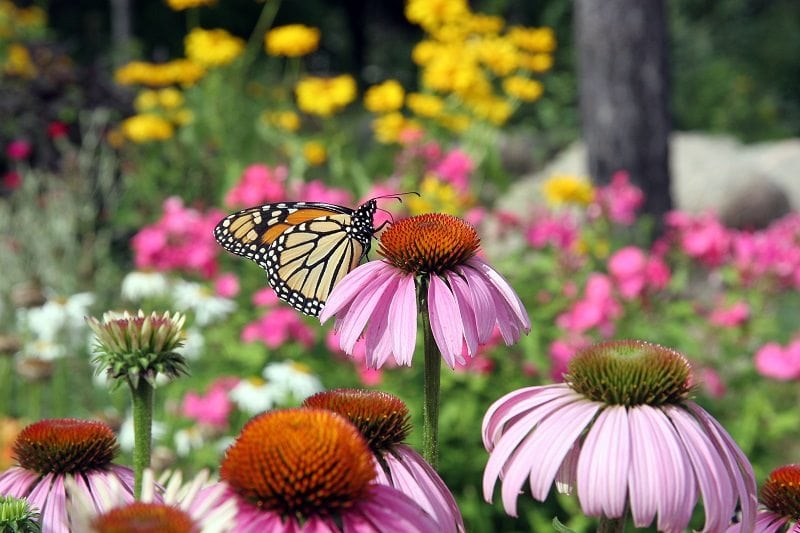Google the word “butterfly” and, without fail, five of the first ten images to appear will be that of the iconic monarch butterfly. As its detailed and beautiful orange and black wings span across the screen our minds drift back to distant memories of elementary school. American children are first exposed to the idea of migration from lessons about this butterfly’s amazing journey, they learn of the monarch caterpillar becoming a chrysalis and maybe even watched this transformation in their classrooms. Now as adults, those same children would be surprised to learn of the startling decline of the monarch population. According to EcoWatch, “The annual population status report for the monarch butterfly (Danaus plexippus) has been released showing a 27 percent decrease from last year’s population”. That calculates out to the loss of millions of butterflies.
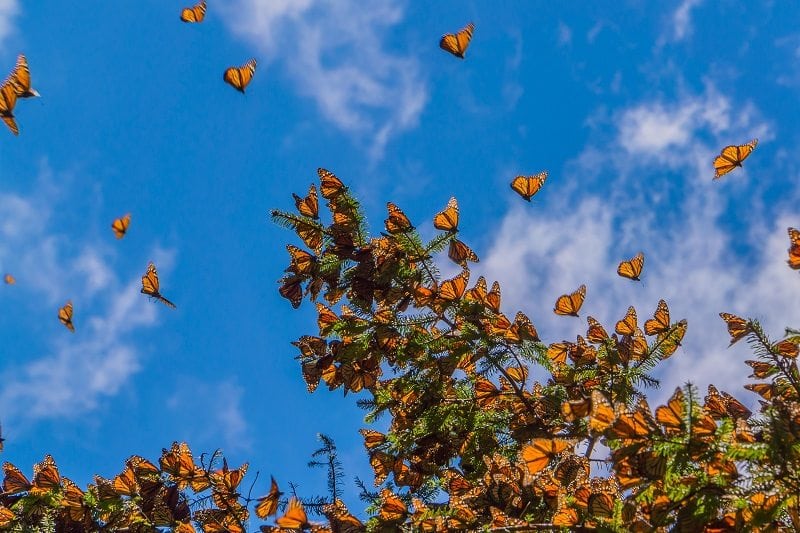
USA Today reports that habitat destruction in Mexico, due to winter storms, is partly to blame for the loss of monarch lives. Another problem rests in the hands of the monarch caterpillar’s only source of food: Milkweed. This naturally occurring plant is generally seen growing wild along fields and highways in the U.S. Unfortunately, its numbers are also dwindling as farmers prepare their fields for crops with harsh chemicals, thus destroying the milkweed.
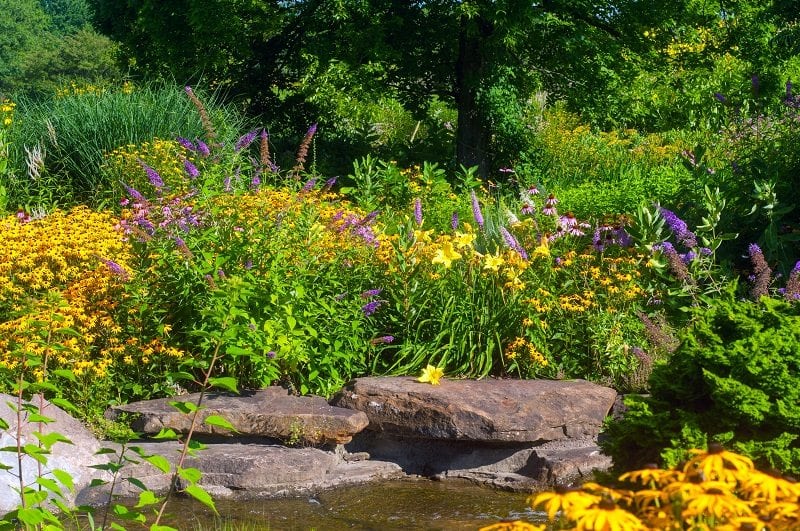
Luckily, there are small steps that we can do, right in our own back yards, to support the monarch population. Consider planting your own low maintenance butterfly garden!
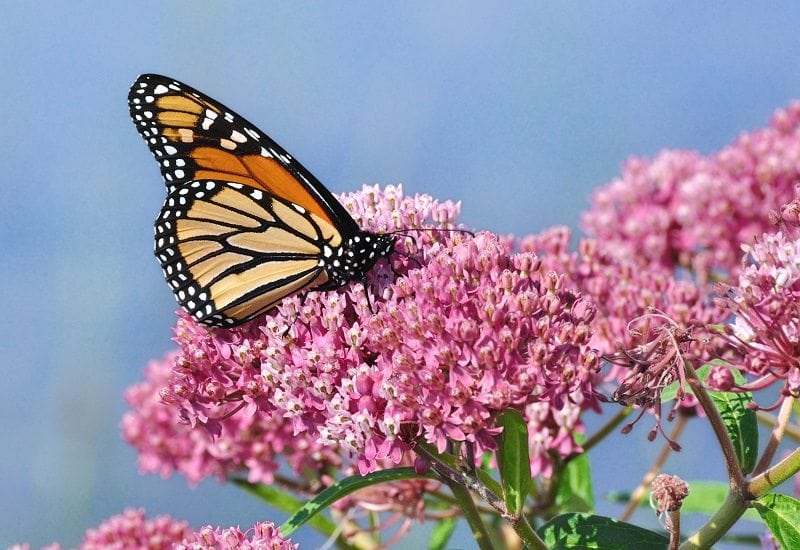
Milkweed happens to have pretty, flowering stalks that add great texture to a wildflower garden. Even when not in bloom, this plant has beautiful, talk, stalky leaves and when it goes to seed releases pretty tufts of white into the air. Without milkweed, monarchs can’t successfully reproduce because this is the only food for monarch caterpillars. By planting milkweed in your own garden you will be helping to reduce the decline of the species. It also requires very little maintenance, growing with full sun and regular watering.
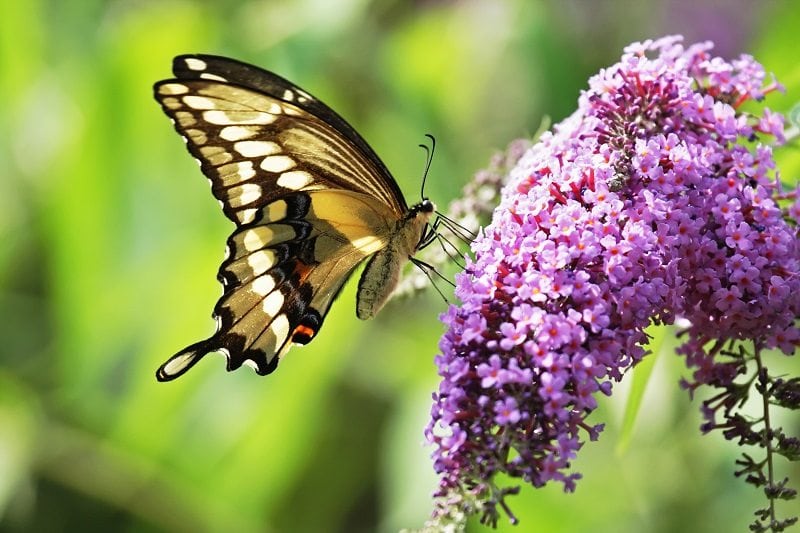
You can also add some of the beautiful nectar producing plants that mature monarch butterflies consume. One of the most common choices is the Buddleia davidii ‘buddleja buzz’ or the Butterfly Bush. This sports beautiful, purple bunches of blooms and has the added benefit of attracting hummingbirds to your yard as well! Simply plant in full sun, with well-drained soil.
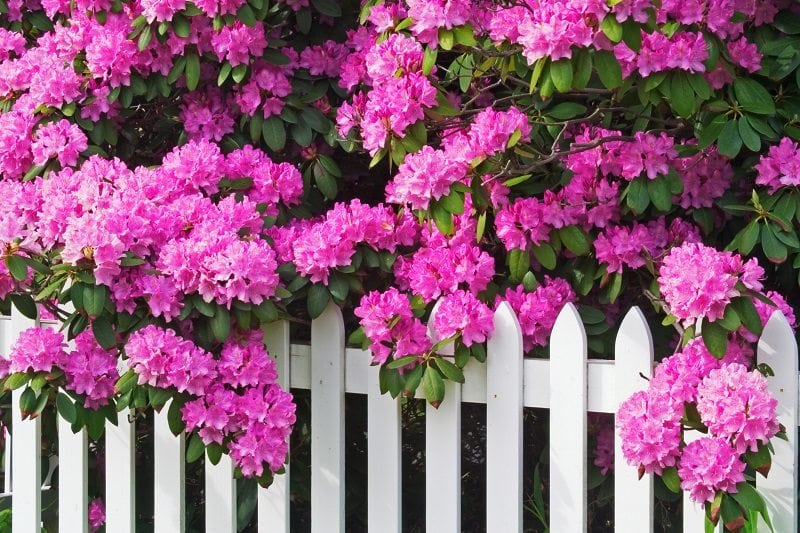
Azaleas, rhododendron and cone flowers are also great additions to your butterfly garden and require little care. A wildflower seed mix is a simple way to add fill to your butterfly garden. This eliminates the need for regular weeding as well!
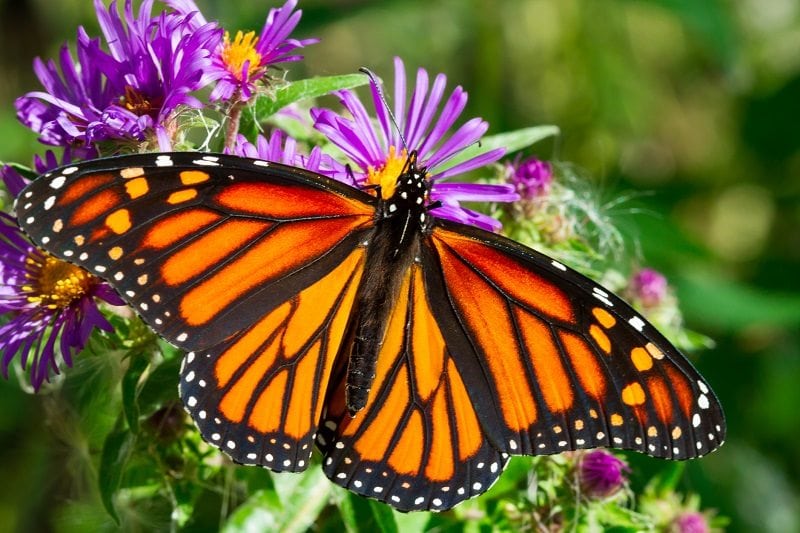
As you’re planning your backyard landscaping this spring contact Sponzilli Landscaping. Let us help you build your own butterfly garden that will not only be lovely and easy to maintain, but it will really make a difference in the sustainability of the gorgeous monarch butterfly.

